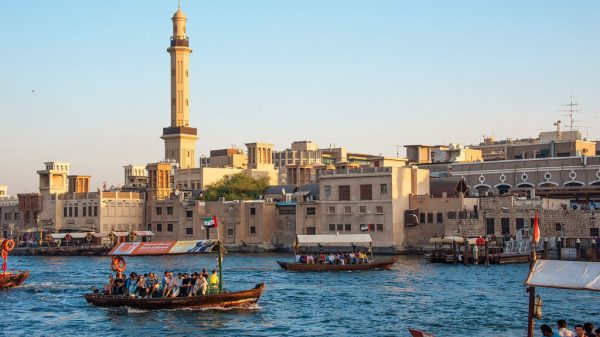Singapore is the latest addition in the ‘Blue Zone’
- আপডেট সময় বৃহস্পতিবার, ৫ অক্টোবর, ২০২৩

As per the reports, people living in these regions have several traits in common that lets them achieve longevity, which include moving regularly, depending on a plant-based diet, and living with purpose.
The original five Blue Zone regions include Okinawa in Japan, Sardina in Italy, Ikaria in Greece, Nicoya in Costa Rica, and Loma Linda in California.
As per the reports, unlike the original five, which developed organically through practices and traditions, and managed to flourish over the years, Buettner describes Singapore as a ‘manufactured city.’ Reports also add that life expectancy in Singapore stands at 80.7 years for men, whereas it stands at 85.2 for women, based on the latest government data for 2022.
In contrast, if you go as per the data from the World Bank, the average life expectancy in the country was just 65 years in 1960.
Here’s how policies rolled out by the government, which included transportation, housing, and hawker centers, have come all together to create what Buettner calls a ‘Blue Zone 2.0’ in this tiny Southeast Asian city-state.
Records add that more than 80% of Singapore’s residents live in high-rise public housing apartment blocks, built by the Housing Development Board, and that these public housing apartments are also known as HBD flats.
In Singapore, these estates have been intentionally designed to encourage social interaction among its residents.
This means along with the highly urbanized setting, these shared spaces allow people from all walks of life a chance to get to know each other.
The Singapore Government also has a housing grant in place that encourages couples buying resale apartments on the open market to allow them to live with or near their parents or children.
With this scheme, the government is making efforts to tackle the problems of an aging population.
“By 2030, 25% of our population — one in four — will be above 65,” Chan Heng Chee, ambassador-at-large at the Ministry of Foreign Affairs in Singapore, told Buettner.
Under this policy, these home buyers can receive up to 30,000 Singapore dollars or $22,000 in grants if they live with their parents or children.

















